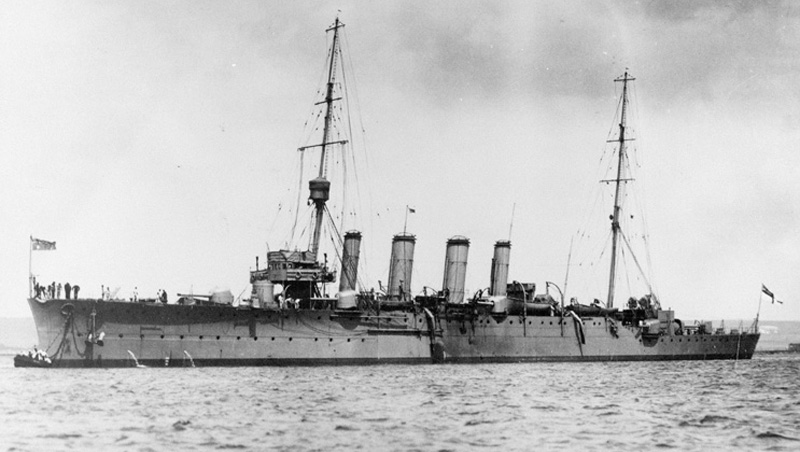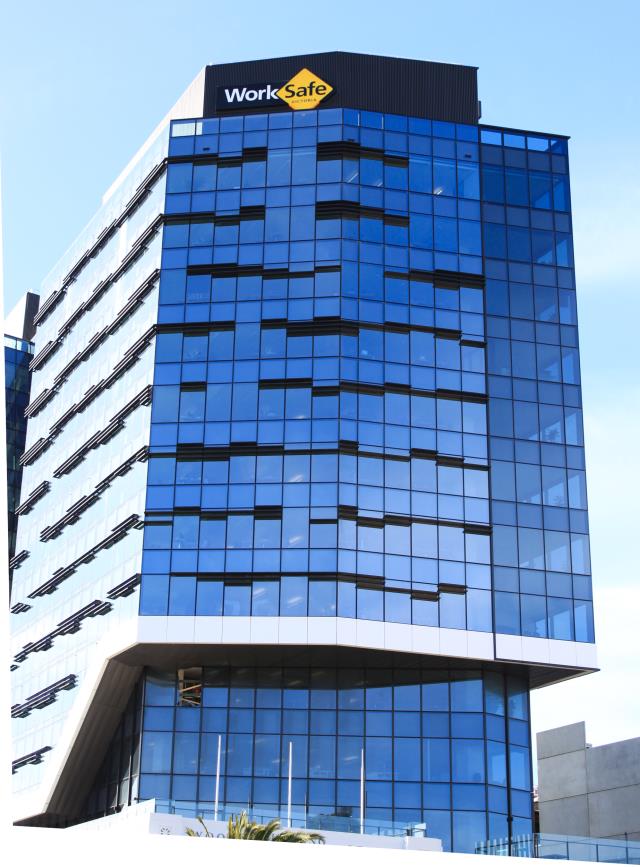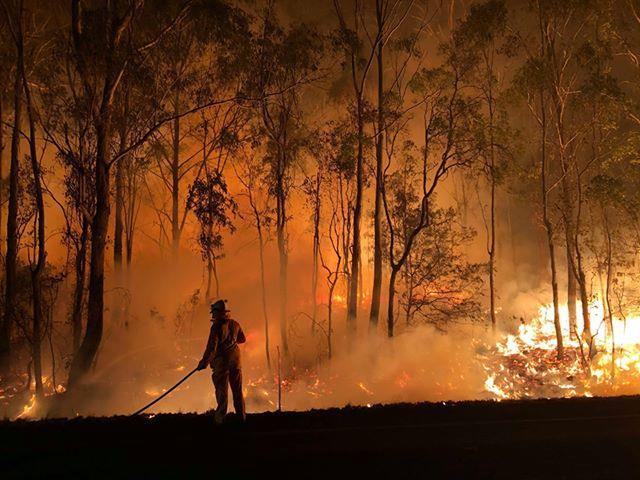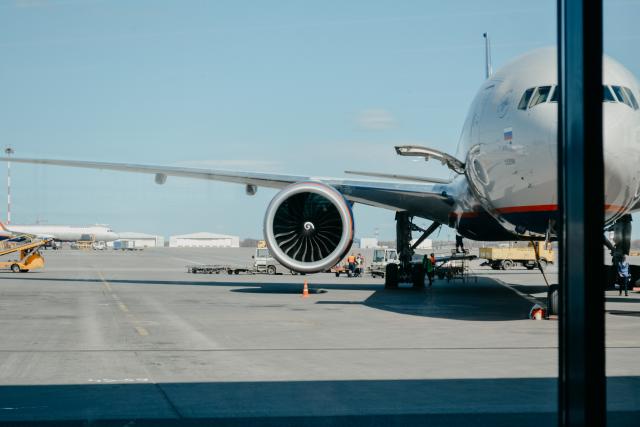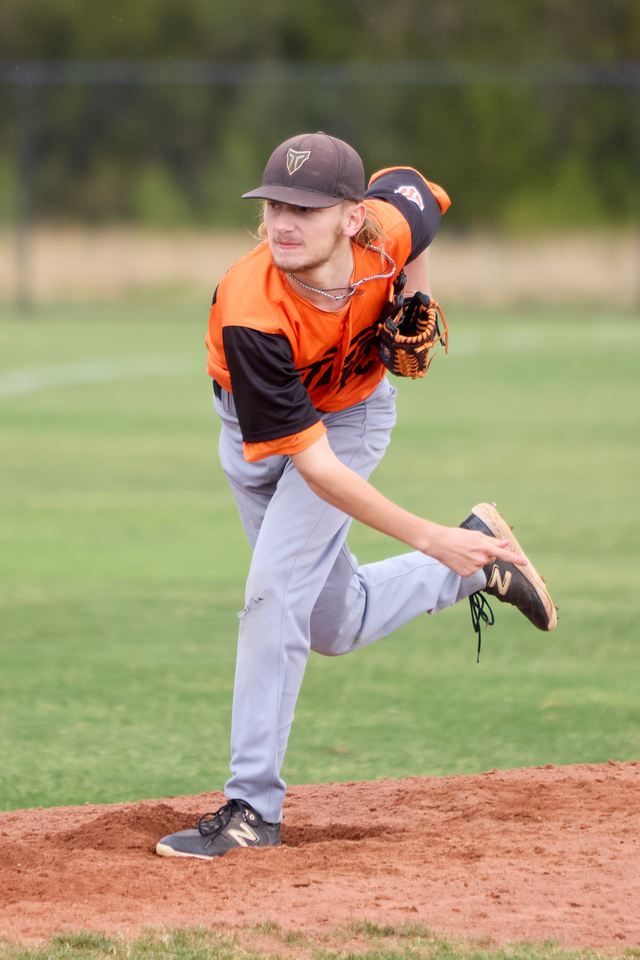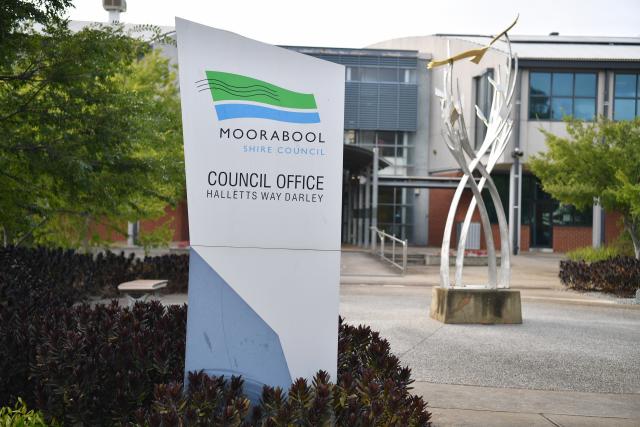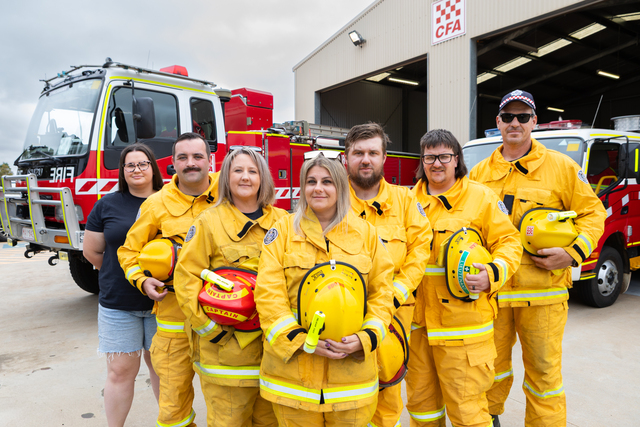It was 100 years ago this week that the Australian warship HMAS Sydney was involved in the first naval battle of World War I – with the German cruiser SMS Emden.
One of Sydney’s crew members, torpedo gunner Clem McFarlane, had deep links with Bacchus Marsh.
The grandson of pioneer settlers Cornelius and Mary Mahoney, Clem spent much of his boyhood and youth in the old Mahoney family home, now standing proud with a new lease of life on the northern side of Bacchus Marsh Road, close to the start of the Avenue of Honour as one leaves town.
Clem, born in West Melbourne on April 21, 1887, and elder brother Cornelius jnr came to live in Bacchus Marsh after the death of their father in 1889. Once in the town, where their grandparents and Aunt Jane still lived, the boys attended Bacchus Marsh State School No 28.
Clem enlisted in the Royal Navy in 1905 at the age of 18. At that time there was no Australian navy; Clem trained at the HMS Excellence gunnery school in Portsmouth, England. His transfer from the RN to the RAN on October 11, 1912 (the year after the RAN was formed) was duly reported in the records of both navies.

Clem McFarlane.
HMAS Sydney was commissioned in Britain on June 26, 1913, and Clem’s new role as Sydney’s torpedo gunner was officially confirmed.
The Sydney sailed for Australia the following month. It and its sister ship Melbourne were later joined by HMS Minotaur and the Japanese Ibuki. They were ordered to escort the first Australian troop convoy, leaving from Albany in Western Australia bound for Europe.
Protecting 38 troop ships and 20,000 men, they sailed on November 1, 1914. The captain of Germany’s SMS Emden, Karl von Muller, requested that his warship act in the Indian Ocean as a “lone wolf” to disrupt trade and demoralise local populations. In that role, the Emden was particularly effective. Plying the trade lanes between August 4 and November 1, 1914, the Emden sank no fewer than 15 British ships and captured another five.
At 6.30am on November 9, 50 miles from the Cocos Islands, Melbourne picked up a message from the Cocos radio station: “Enemy warship off island.”
Ironically, von Muller had taken the Emden to the Cocos Islands to disable the radio transmitter, but the message got out before the transmitter was destroyed.
The Sydney peeled off the convoy and made her top speed of 27 knots in pursuit of the enemy ship. SMS Emden was sighted at 9am and by 9.40, the battle had begun.
Von Muller knew that the Emden needed to land the first blows fast and hard if he was to succeed. With the third and fourth salvos, the Emden found its range, the ensuing rain of shells doing significant damage to the Sydney. The salvos continued while the Sydney sought to find her range amid the battle smoke.
Eventually, the Sydney’s shots began to disable the Emden. Wave after wave of relentless shelling wrought destruction and caused significant casualties. Three of the Emden’s funnels were shot away, most of her guns were disabled and fire broke out on the aft deck.
Loathe to surrender, von Muller used what little engine power he had left to run his ship aground on North Keeling Island.
It took some persuasion from the Sydney before the white flag was run up, but a ceasefire was called at 11.20am. SMS Emden, the “Swan of the East”, lay crumpled and broken, her decks a mess of twisted metal, fire and carnage.
Clem wrote his own brief account of the battle to his family in Bacchus Marsh two days later: “Nov. 11th. This is to tell you I am well. You have seen that we have sunk the Emden on the 9th inst. Engagement lasted 1 hour 40 minutes. Emden caught fire and ran ashore on Sth Keeling Island, a terrible wreck. All her funnels, foremast and bridge were knocked down. Sydney practically uninjured. We had about four killed, 20 wounded. Emden, about 250 killed. We have 150 of her prisoners
and wounded on board. I have to make a number of reports on the action so must close.”
Clem won promotions throughout the war, seeing further action on the Sydney and later aboard HMAS Brisbane.
His personal star was rising, too – he had fallen in love with the beautiful Irene May Gibb, who had grown up in Fiji where her father was post-master general.
They were married at St James Church, Sydney, on May 20, 1918. The following year, on June 30, 1919, twin sons Brian Mahoney McFarlane and Alan Gibb McFarlane were born.
After the war, Clem McFarlane continued his distinguished career, eventually rising to the rank of commander. During World War II, he served as a director of security in Australia.
He eventually retired in 1947. Clem and Irene retired to Gisborne and enjoyed civilian life, pursuing business and family interests. The only physical reminder of his gunnery days was a chronic discomfort of the right shoulder.
John Clement McFarlane died in 1974, aged 87. Irene McFarlane, his partner for more than 50 years, died later the same year.
His World War I service is remembered in the Bacchus Marsh Role of Honour and in the Bacchus Marsh Avenue of Honour. Elm number s180 stands midway along the avenue, near
Woolpack Road and an easy walk from Clem’s childhood home.
Fort more information about the battle, visit www.navy.gov.au/hmas-sydney-i
The Great War Centenary Committee of Bacchus Marsh – assisted by Melton & Moorabool Star Weekly (originally the Bacchus Marsh Express) – has provided this fourth article in a series to mark the centenary of World War I (1914-18). For more information, visit www.bmgwcc.com.

